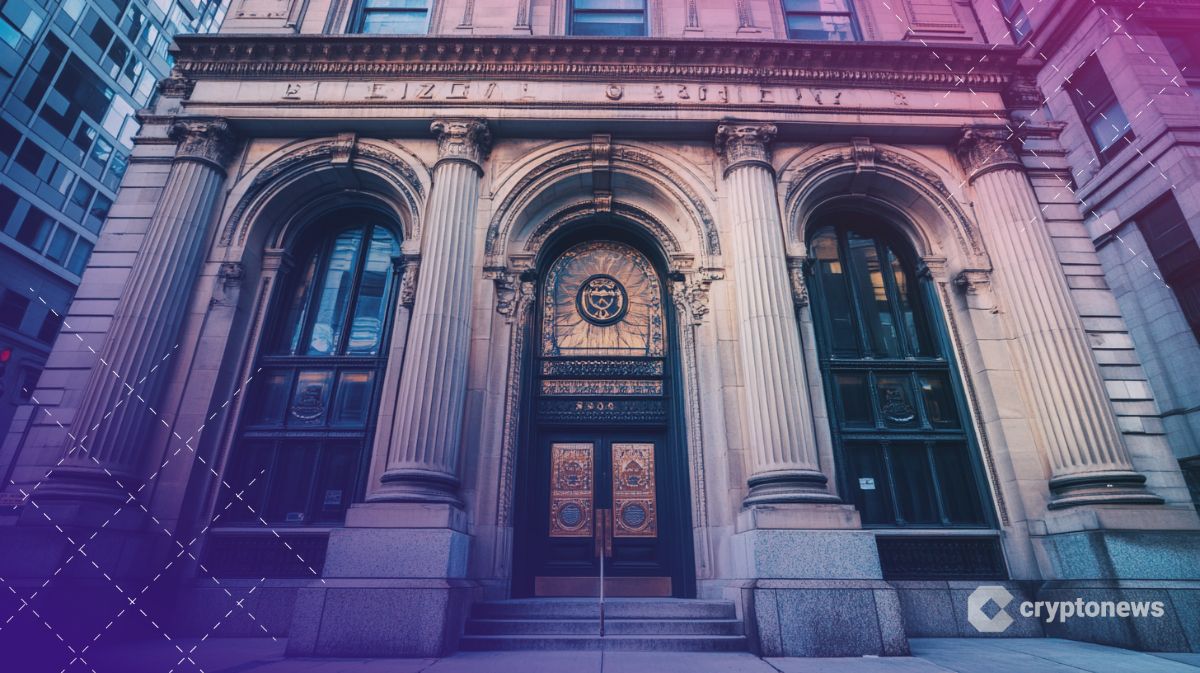Institutional Stablecoin Adoption Hits Tipping Point: 90% Now Using or Testing, Says Fireblocks

Wall Street’s crypto flirtation turns serious—new data shows nearly all major players are diving into stablecoins. Whether it’s yield-chasing or actual utility, the train’s left the station.
From Pilot Programs to Prime Time
Fireblocks’ report reveals what insiders suspected: institutions aren’t just dipping toes anymore. Treasury departments now view stablecoins as operational tools, not just speculative gambits.
The Compliance Tightrope
Behind the bullish stats? A scramble to retrofit legacy finance rules onto 24/7 dollar-pegged tokens. Because nothing says ’innovation’ like forcing blockchain into 20th-century regulatory boxes.
As one VC quipped: ’Turns out even bankers like crypto—when it acts exactly like fiat.’
Stablecoin Adoption Is a Race for Relevance
Fireblocks claimed the stablecoin adoption trend is a race toward relevance in an increasingly digital financial environment.
“The stablecoin race has become a matter of avoiding obsolescence as customer demand accelerates and use cases mature,” the report stated.
Stablecoins, pegged to traditional currencies like the US dollar, have gained traction as an alternative to outdated cross-border payment systems.
According to the report, 58% of traditional banks are now using stablecoins specifically for cross-border transfers.
Another 28% accept stablecoins for inbound payments. Smaller percentages of banks use them for liquidity management (12%), merchant settlements (9%), and invoicing between businesses (9%).
Fireblocks noted that stablecoins offer a smoother path to modernization for banks, given their compatibility with existing treasury operations.
By reducing the need for capital lock-up and allowing for faster settlements, banks can gain an edge over financial technology companies while retaining their existing infrastructure.
Faster settlement times emerged as the top benefit among respondents, with 48% naming it as a key advantage.
[5/5] We surveyed 295 executives.
What we found isn’t theory. It’s execution.
The State of Stablecoins 2025 report breaks down how banks, fintechs, and PSPs are scaling real stablecoin infrastructure.
Read the full report → https://t.co/gn0oQy88S8 pic.twitter.com/lm87C1BSvk
Other reported benefits include improved transparency, enhanced liquidity management, tighter integration of payment flows, better security, and reduced transaction costs.
“Our research shows that 90% of firms are moving forward with stablecoin implementations because they see it as a key lever for growth,” Ran Goldi, senior vice president of payments and network at Fireblocks, said.
“Stablecoins have become an enabler of business innovation, not just an efficiency play,” Goldi added.
Stablecoins Take Center Stage
With billions in daily volume and increasing institutional interest, stablecoins are considered the foundational LAYER of the future financial system.
On May 7, Stripe introduced Stablecoin Financial Accounts, a new financial tool designed to help businesses manage money using US dollar-backed stablecoins.
The product enables companies in 101 countries to hold and transact in stablecoins, offering a modern alternative to traditional banking systems.
Meanwhile, Citigroup has projected a dramatic rise in the stablecoin market, forecasting that its total market capitalization could soar from nearly $240 billion to over $2 trillion by 2030.
The prediction says the growth in adoption WOULD be driven by regulatory developments and increased interest from both financial institutions and the public sector.
According to the banking giant, stablecoin supply could reach $1.6 trillion by the end of the decade under its base-case scenario, while a more optimistic outlook places the figure at $3.7 trillion.

